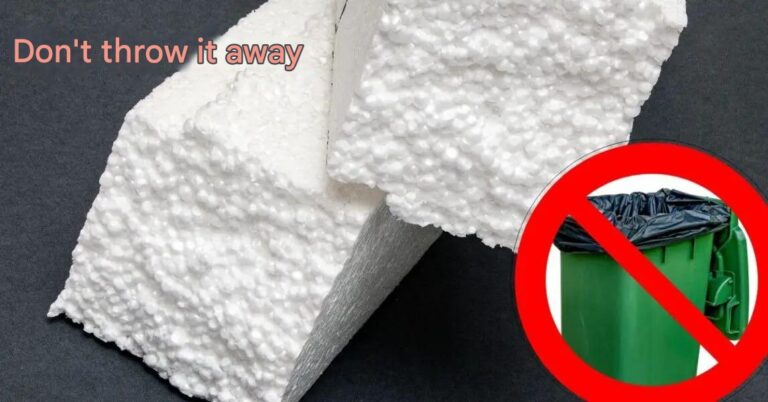Gather the leftover Styrofoam: As in the previous case, make sure to collect the Styrofoam scraps that you want to reuse.
Shred the Styrofoam: Shred the Styrofoam into small pieces or shreds, similar to the previous process.
Safety Precautions: It is important to carry out this process in a well-ventilated area and away from heat sources or open flames.
Dissolving in acetone and universal thinner: Place the pieces of styrofoam in a sturdy container and pour acetone and universal polyurethane thinner in a ratio of 2 to 1. Allow the polystyrene to dissolve in the mixture for several minutes, stirring occasionally to speed up the process.
Obtaining the varnish: Once the polystyrene has completely dissolved, you will obtain a transparent varnish. It can be applied to different surfaces to protect them and give them a shiny and resistant finish.
By reusing styrofoam, we not only reduce the environmental impact associated with its disposal. We also open up a world of creative possibilities, to use these new materials in various crafts and projects. Thick styrofoam paste:
Dissolving polystyrene in gasoline allows obtaining a dense and malleable paste similar to paint, which can be used for various crafts and modeling projects. Here are the steps to carry out this process:
Gather the leftover Styrofoam: Collect the Styrofoam scraps you want to reuse. These can be leftover packaging, food trays, disposable cups, among others.
Safety precautions: It is important to carry out this process in a well-ventilated area and away from heat sources or open flames. Gasoline is a very flammable liquid.
Crush the Styrofoam: To facilitate dissolution, crush the Styrofoam into small pieces or grates using a blade or grater.
Dissolution in gasoline: Place the Styrofoam pieces in a sturdy container and pour enough gasoline to cover them completely. Let the polystyrene dissolve in the gasoline for several minutes, stirring occasionally to speed up the process.
Obtaining the paste: Once the polystyrene has completely dissolved, you will have a thick, malleable paste. It can be molded or used to fill gaps and cracks in various craft projects.
continued on next page
